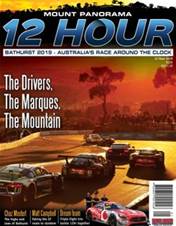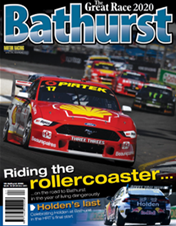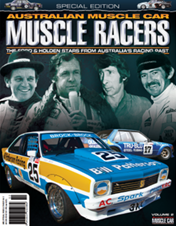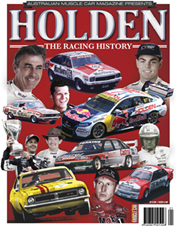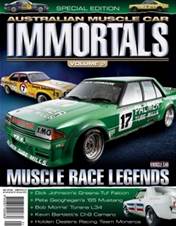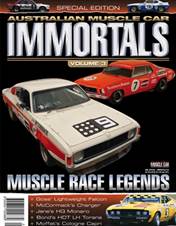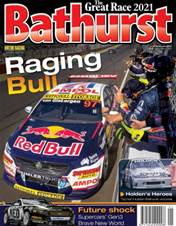Motor racing circuits have come to life in a wide variety of places – disused airfields, horse racing venues, scenic tourist drives and on pastural land that was surplus to requirements. In many cases tracks have been built in improbable locations, but few as unlikely as the circuit crammed into in an abandoned quarry next to a dam wall on the NSW/Victoria border.
Hume Weir was born at a time when Aussies went mad for motor racing in the wake of Jack Brabham’s first World Championship. But it was a world away from the glamorous venues of continental Europe and the long sweeps of Britain’s best tracks.

Hume Weir was a low-budget battlefield for local racing enthusiasts that quickly caught on as a laid-back venue in the carefree sixties. It soon attracted racers from Sydney and Melbourne, who were drawn to its quirky features and country hospitality. Located 20 minutes drive from Albury/Wodonga, racing at Hume Weir was all about having fun.
Its star burned bright, but then ultimately burnt out inside two decades.

History 101
The Hume Weir circuit was the Albury District Car Club’s baby.
The ADCC was formed in the Australia-wide wave of interest in motorsport stemming from the first Redex Trials of the 1950s. By 1958 the club was looking for a site for a racing circuit.
NSW’s newly-introduced Speedway Racing (Public Safety) Act ensured that, wherever it was found, the ADCC’s track would be south of the border.
The club had its eyes on an abandoned quarry, which supplied the stone and earth to build the Hume Weir across the Murray River. The excavation work by the local water authority, which owned the land, had created a natural amphitheatre ideal for viewing racing. The irregular shape of the excavation largely dictated the layout of the track itself and its loose bowtie shape.
Then ADCC president Phil Jones – father of Brad and Kim – is quoted in issue #27 of Motor Racing Australia as saying to local earth-moving contractor, Del Delaney, “How about you get the grader out. If we make some money you’ll get paid; if we don’t you won’t.”
Make no mistake, this was a rudimentary club circuit built to cater for the area’s growing number of current and budding participants. The idea of hosting international stars seemed far-fetched at that stage, while the notion of earning a dollar from catering for midweek corporate activities, of course, simply didn’t exist in the late 1950s.
The night before the planned opening day, November 2, 1959, heavy rain lashed the unsealed track and it was regraded on race morning with the meeting still going ahead. It was an immediate hit. According to newspaper clipping published in Guy Ellicott’s book, The Little Circuit That Could, that inaugural event attracted an estimated 10,000 spectators.

You have reached an article available exclusively to Premium members.
JOIN FROM AS LITTLE AS $6.66 A MONTH* FOR INSTANT ACCESS.
Already a member? Log in
* Billed annually at $79.90




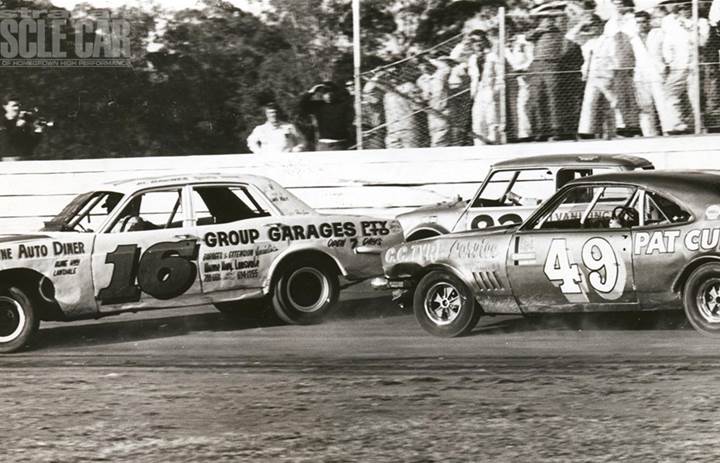
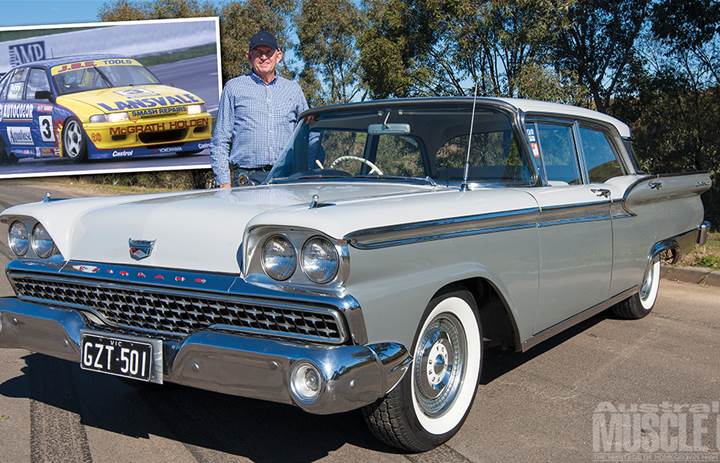
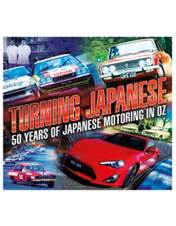

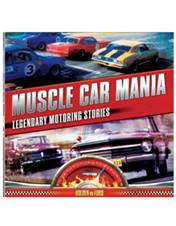
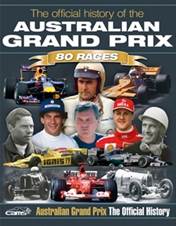
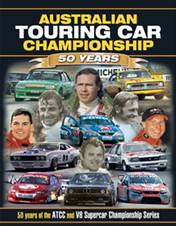
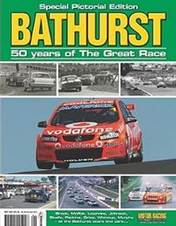
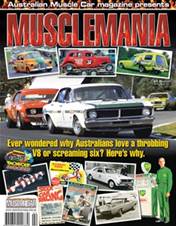
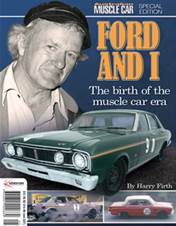
.jpg&q=70&h=226&w=176&c=1&s=1)
